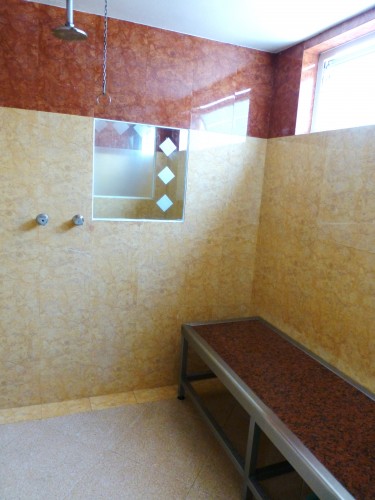 For nearly all of 2012, the Alameda Central was closed for renovation. I was worried about what might happen to Mexico City's oldest park, which goes back about 400 years. Things don't tend to get better when they are supposedly "fixed" by governments.
For nearly all of 2012, the Alameda Central was closed for renovation. I was worried about what might happen to Mexico City's oldest park, which goes back about 400 years. Things don't tend to get better when they are supposedly "fixed" by governments.

It took me a few months to get there -- it was reopened at the end of last year. But I think they did a terrific job. The passageways were repaved with white marble.

The fountains and the statuary were all given a shine and a polish, and there is more greenery than ever, including these lavender bushes, which I understand are easy to maintain.

I went on a Sunday. Before the renovation, las muchachas -- young women who work as housemaids, most of whom come to the city from the provinces -- would dress up and congregate en masse at the Alameda on Sundays, their day off. They would be courted by their male counterparts -- construction workers, shoe shine boys, grease monkeys -- similarly spiffed up for the day.
None of these people were there on the Sunday I visited. It was all middle class families. Ever since I have been haunted by the question: What happened to the muchachas?















